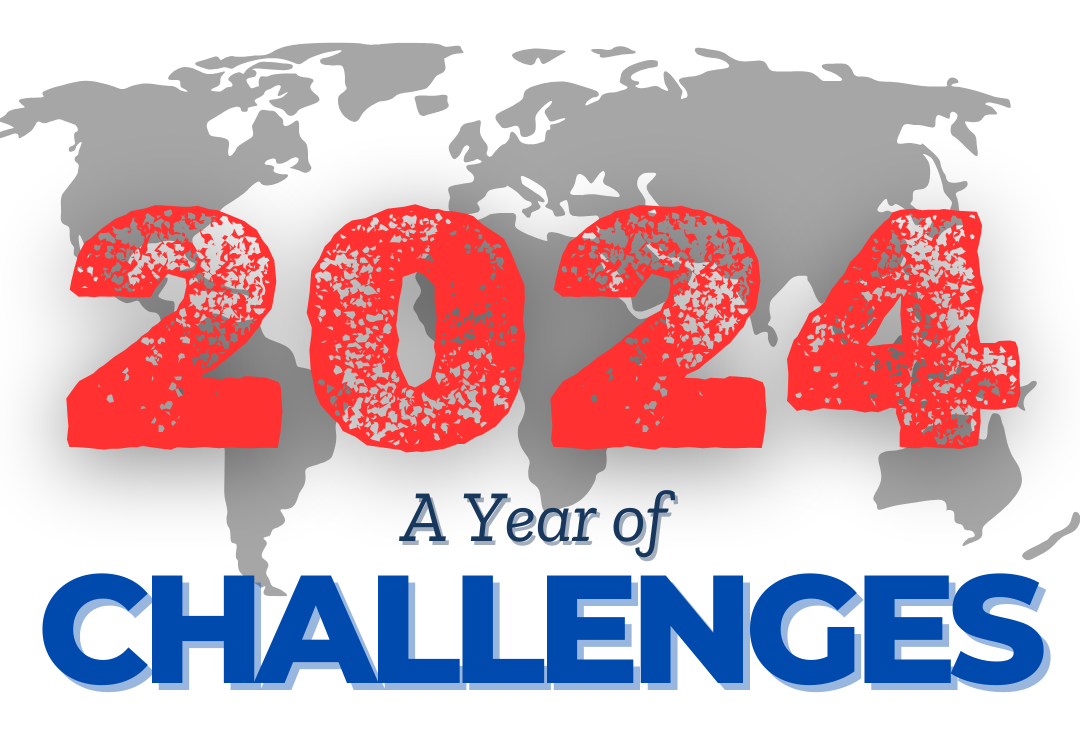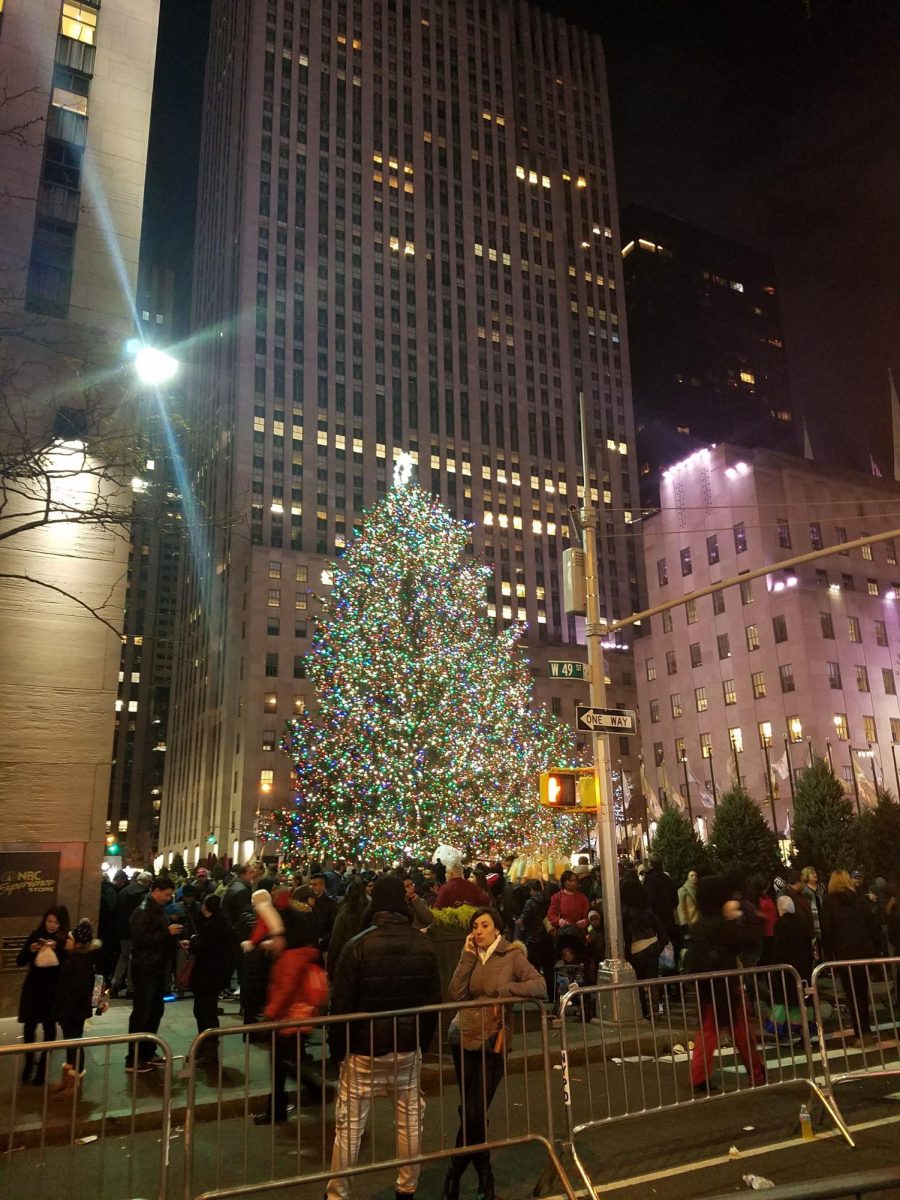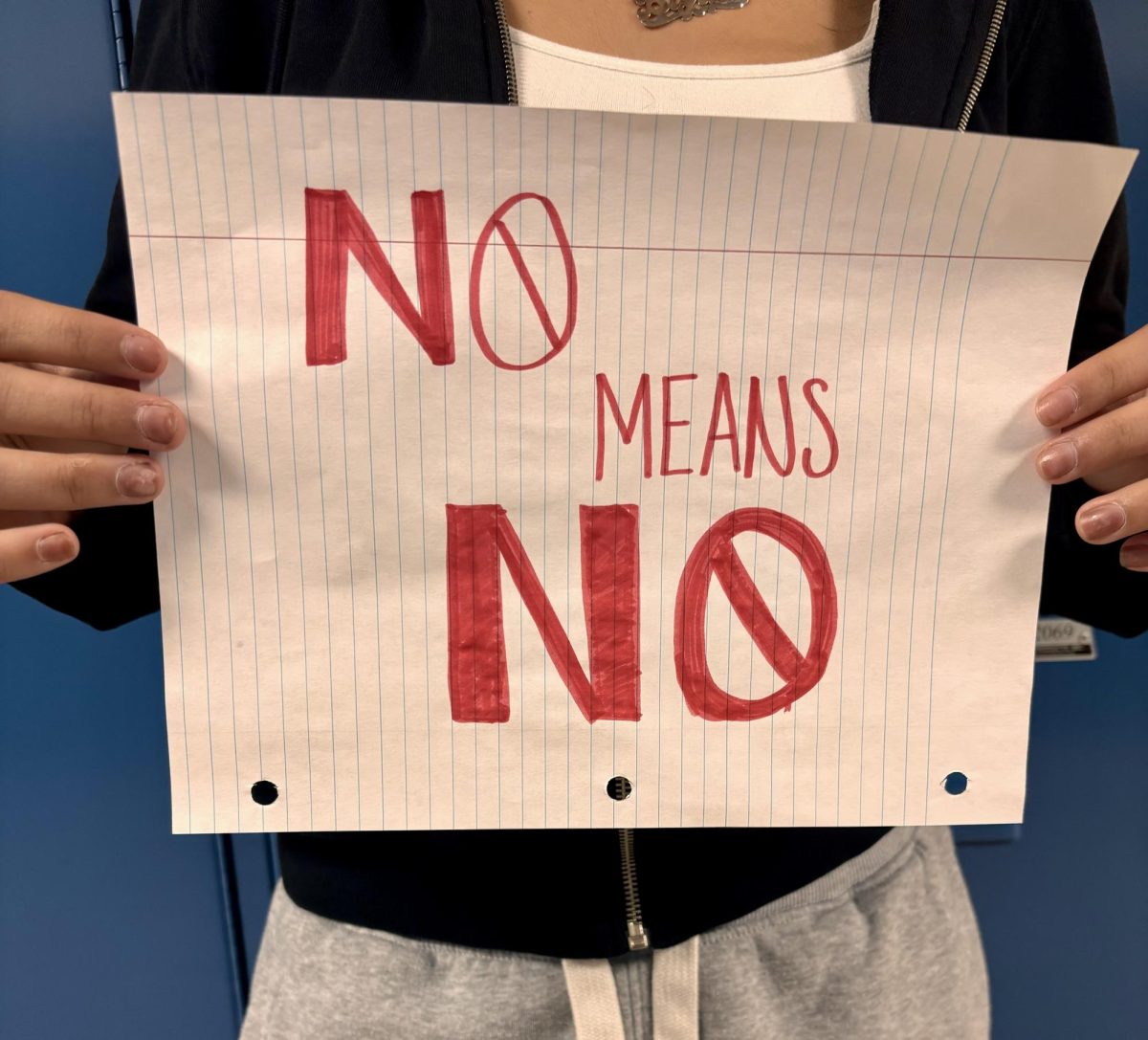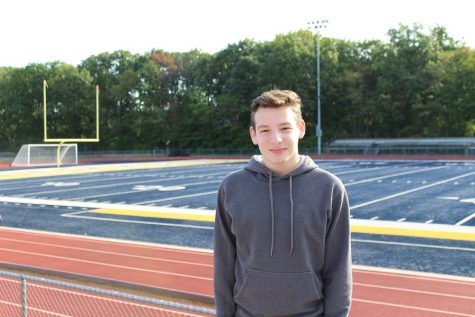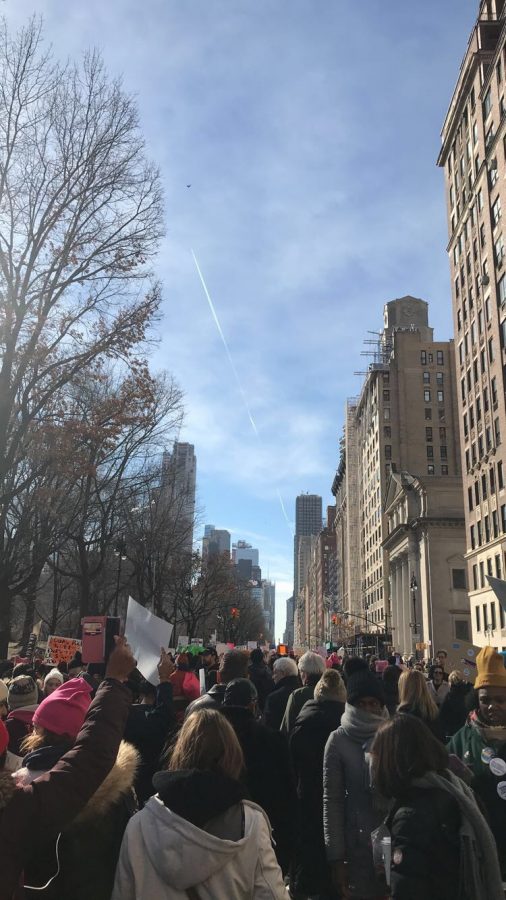
Exactly one year after the largest single-day protest in American history, women and their male allies congregated once again in cities across the nation. “Power to the Polls” events- organized by the Women’s March Alliance- this year, focused on encouraging emboldened female citizens to vote. Once again, protesters lined New York, Chicago, Houston, and Los Angeles streets, passionately marching and sign-holding- showing up in numbers not seen in generations.
In the one year since the initial Women’s March-following President Trump’s inauguration-much has changed in America. The #MeToo movement has sparked a national conversation about the treatment of women in the workplace. Moreover, a record amount of females have volunteered to run for public office. For over a year, progressive groups in opposition to President Trump’s policies have mobilized and sought their sights on challenging the Republican Party at the ballot box.
A series of recent special elections have signaled that their efforts may be successful in the future. Democrats have flipped 39 Republican legislative seats nationwide since the 2016 election. Remarkably, in December, Democrat Doug Jones beat Republican Roy Moore in deep-red Alabama in a special election to fill Attorney General Jeff Sessions’ seat. This has reduced the Senate’s fragile Republican majority to just one vote.
Logically, Women’s March activists chose Las Vegas, Nevada to be the epicenter of this year’s festivities. U.S. Senator Dean Heller of Nevada is the only Republican serving in a state Hillary Clinton won in 2016. This makes him a primary target for liberal activists to unseat next November. Along the Vegas Strip on January 21st, famous musicians put on a lavish show and activists registered demonstrators to vote.
Sister marches in separate cities echoed the same sentiment. Edison resident Stacy Negron Sheckells worked as a stage crew manager at the Women’s March in New York City. Sheckells noticed a shift in attitude among protesters, observing, “Last year [we] felt discouraged and set back. Now we feel inspired and know we can make a difference. We will show our power through our votes.”
A group Sheckells belongs to, NJ Indivisible, brought their new goal of opposing New Jersey District 7 Republican Leonard Lance to the Women’s March. In New York, demonstrators from varying areas of the tri-state area waved posters supporting local liberal politicians running against incumbent Republicans. Sheckells spoke with confidence that anniversary marches would strengthen the Democratic Party’s standing in key congressional fights.
However, despite a palpable optimism, turnout for the Women’s March was slightly lower than the year prior. In New York, an estimated 100,000 marched as opposed to 2017’s 400,000. The turnout in Washington, DC also estimated at significantly lower than last year’s 440,000 attendees. The Chicago rally proved to be an anomaly as last year’s 200,000 protesters were met with this year’s 300,000.
All in all, it remains to be seen whether the female activism seen on the ground this year and last can transform itself into a political movement. What annual marches do prove is that women in the nation are energized in ways unfathomable in previous election cycles. Regardless, the Women’s March has forced politicians from all over the map to embrace the issue of gender equality. This year, once more, the national political discussion has changed and history made.





